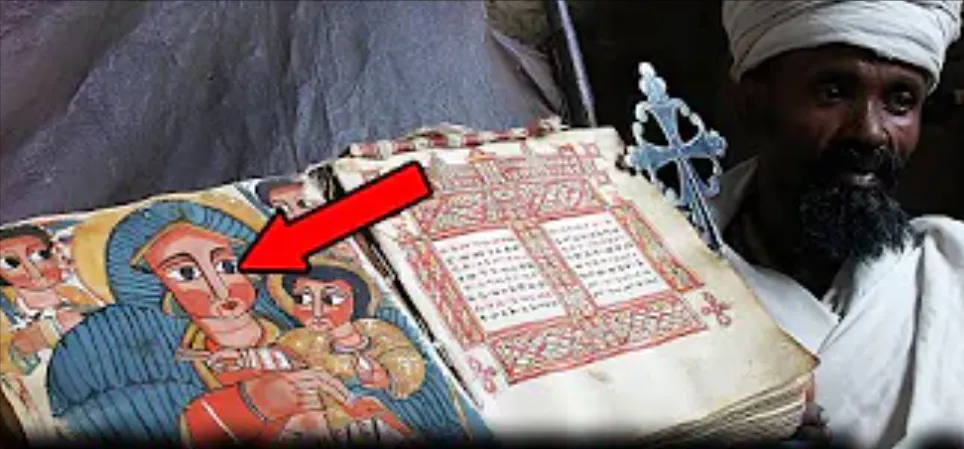The Ethiopian Bible, a sacred text that has long been hidden from the West, is stirring controversy and challenging deeply held beliefs.
Unlike the more familiar King James Bible, this ancient manuscript contains knowledge that has been deemed too powerful and too dangerous by Western authorities.
But what is it about this Bible that has caused such fear?
The Ethiopian Bible, also known as the Ethiopian Orthodox Tewahedo Church Canon, is the oldest and most complete Bible in its original form, dating back nearly 1,400 years. It includes 81 to 88 books, many of which are absent from other Christian Bibles.
This collection of sacred texts offers a unique perspective, depicting Jesus and other religious figures as Black, a portrayal that has been largely excluded from Western religious narratives.
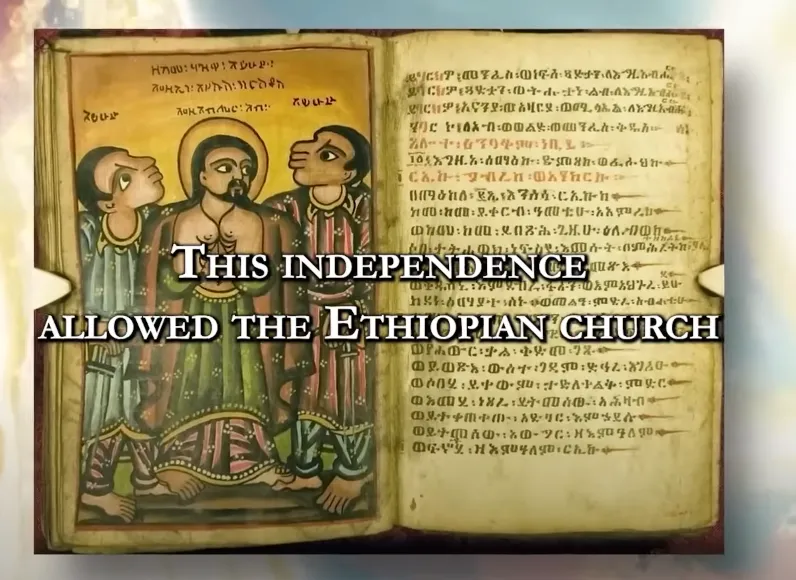
Christianity came to Ethiopia as early as the first century AD, and the Ethiopian Church developed independently from the Roman and Byzantine traditions. This allowed the church to create its own theological interpretations, free from outside influence.
As a result, the Ethiopian Bible includes a broader range of ancient texts, embracing a more inclusive approach to scripture.
One of the most significant texts in the Ethiopian Bible is the Book of Enoch, which offers detailed descriptions of angelic beings and cosmological insights that are largely absent from Western Christian traditions.
This book, along with others like the Book of Jubilees, adds layers of meaning to familiar biblical narratives, challenging traditional interpretations and offering a deeper understanding of the spiritual world.
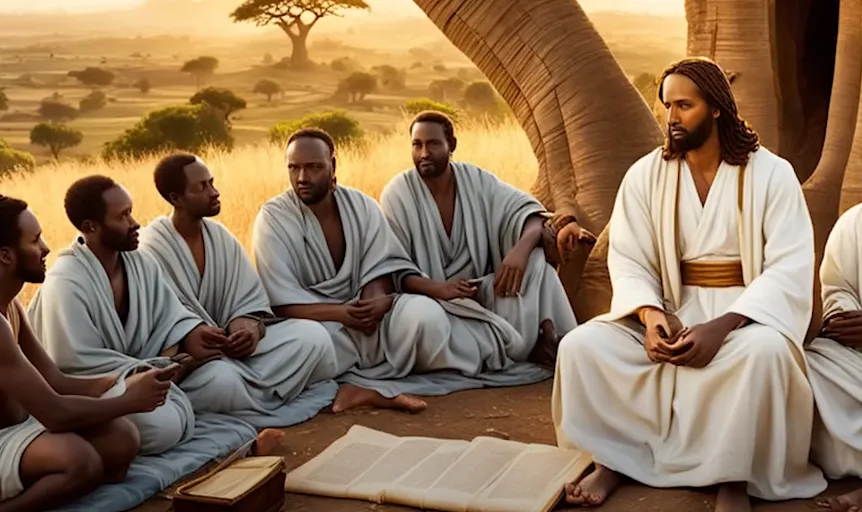
But why has the West gone to such lengths to suppress the Ethiopian Bible? The answer lies in the power it holds to challenge the eurocentric view of Christianity.
The Ethiopian Bible places Africa at the center of religious history, with Black figures prominently depicted as key players in the divine narrative. This stands in stark contrast to the whitewashed depictions of biblical figures that have dominated Western art and theology for centuries.
The influence of European colonization further marginalized the Ethiopian Bible. As European powers spread Christianity around the globe, they promoted their own standardized versions of the Bible, often suppressing local traditions and interpretations.
The Ethiopian Bible, with its emphasis on African identity and its inclusion of texts that were excluded from the Western canon, was seen as a threat to the uniformity and control that colonial powers sought to impose.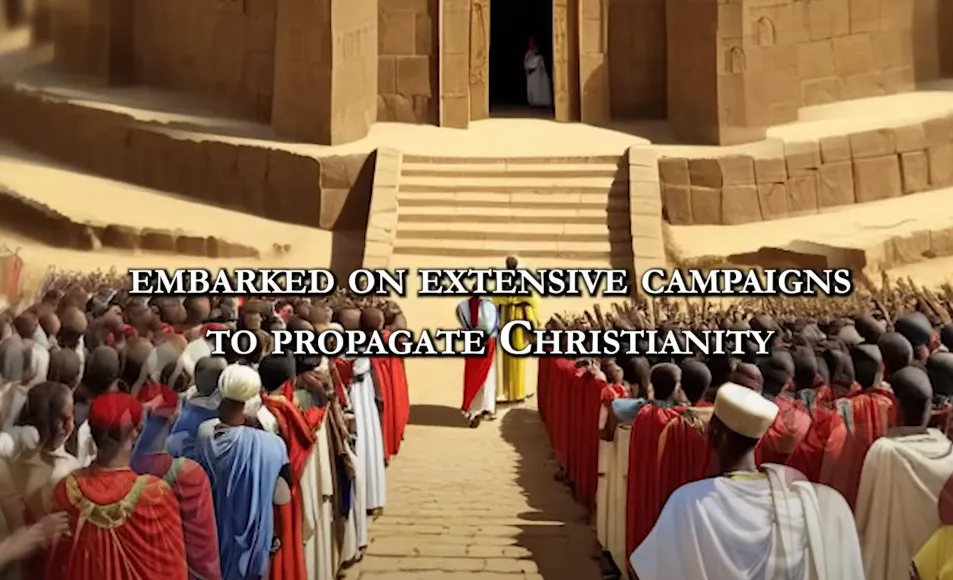
Despite these efforts, the Ethiopian Bible has survived, preserved by a church that has maintained its independence and resisted foreign influence.
Its pages offer a window into a version of Christianity that has remained untouched by the changes and omissions made by the West.
In addition to its unique theological content, the Ethiopian Bible also includes vivid depictions of biblical figures with dark skin, a reflection of the cultural and historical context in which it was created.
These images stand as a powerful reminder of the original diversity of Christianity, long before the advent of European colonialism and the subsequent whitening of religious art and iconography.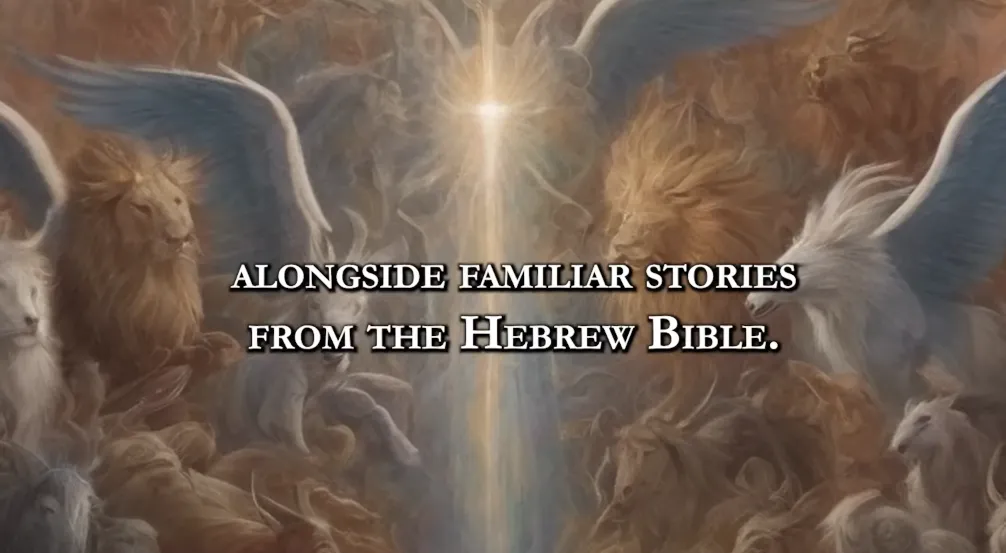
The question now arises: Should Christians around the world explore the Ethiopian Bible to gain a fuller understanding of their faith?
As we seek to understand the untempered and unaltered narratives of sacred texts, it becomes clear that the Ethiopian Bible offers a vital perspective that has been suppressed for far too long.
https://youtu.be/Q3tTZ19lrgY?si=jK8eVEqtoYui3X6I
Johnny specializes in content related to Jesus, the Bible, and religious topics. With a profound understanding of spirituality, Johnny’s articles are both insightful and inspiring, guiding readers through the complexities of faith.
